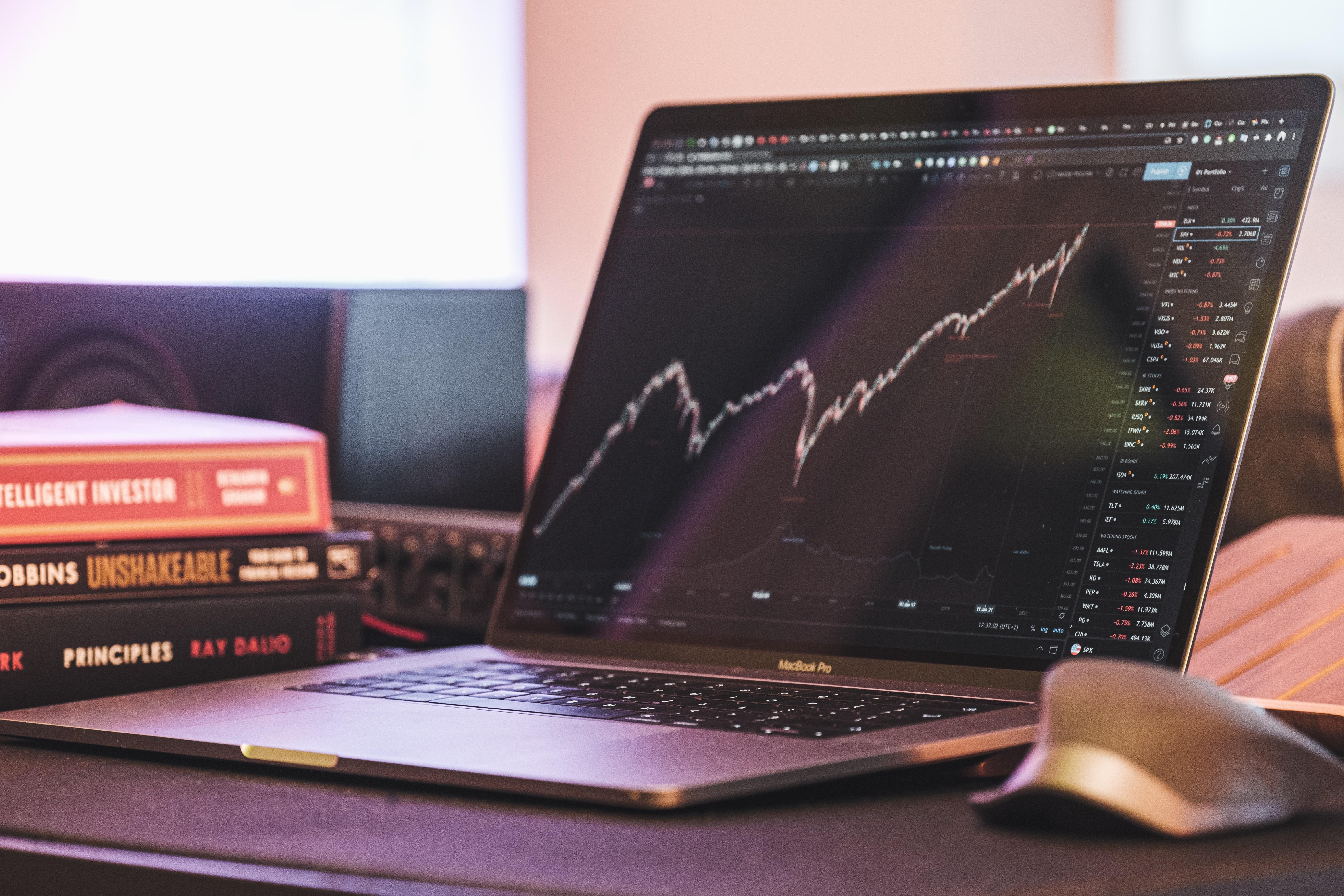How to Buy An ETF, and What to Consider When Choosing a Fund
Exchange-traded funds (ETFs) have a lot to offer. Here's how to buy in and what to look for when selecting ETFs to invest in.
April 22 2021, Published 2:27 p.m. ET
Investing in individual stocks can be invigorating, but it also carries more risk than a comprehensive fund. However, index funds and money markets aren't right for everyone. Knowing how to buy an exchange-traded fund (ETF) can help you get the returns you're after without sacrificing diversity.
Just be sure you know what to look out for in an ETF purchase before spending your capital.
How is an ETF different from a mutual fund?
Mutual funds are more common than ETFs. The first ETF came in 1993, nearly 70 years after the first mutual fund. However, ETFs are burgeoning in the modern era.
Unlike mutual funds, ETF shares trade on an exchange in the same way that individual stocks do (you'll often see ETFs on the NYSE Arca). This makes the process of trading ETF shares more streamlined and financially accessible. ETF share prices also change throughout the day because the fund trades during market hours, unlike mutual funds.
Additionally, ETFs tend to have lower operating costs than mutual funds, as well as a higher level of tax efficiency if you trade ETF shares in a taxable account.
How to buy ETF shares
Because they trade on exchanges like individual stocks, buying shares of an ETF is super simple.
- If you already have a brokerage account, skip ahead. Otherwise, create a brokerage account from a company like Schwab, TD Ameritrade, Robinhood, or Wealthfront. There are many options out there with zero commission fees for regular (non-options) trading.
- Once your brokerage account is ready to go, you can start searching for a suitable ETF. Research ETFs that fit your risk tolerance, time horizon, and amount of starting capital. Each ETF has a ticker symbol, which you will use to buy and sell shares.
- After you've chosen an ETF you'd like to buy, head to your brokerage account and search for the ticker symbol. From there, select buy.
- Choose the number of shares you'd like to purchase based on the share price. For example, you may want to buy 10 shares of an ETF for $25 each for a total of $250.
- Select either market order (get the shares at the price they're currently at in the market, which may fluctuate by the time the order goes through) or select a limit order (so you don't exceed a maximum price).
- If you have the option to, choose to reinvest dividends. If the ETF holds a stock that pays dividend, the ETF also pays dividends. Automatically reinvesting these payouts will greatly improve your returns over time.
- Now that you've bought the shares, you can hold, sell, or buy more. If you hold, the market will do the work for you.
Key considerations when picking ETFs for your portfolio
With so many ETFs to choose from, it can be difficult to know which ones to invest in. Here are some top considerations:
- Make sure you're getting a fair expense ratio (about 0.5–0.75 percent). These are the fees you're paying for ETF management. Passively managed ETFs tend to have lower fees than active ones, so they may be a better starting point.
- Find out how long the ETF has been around. New ETFs can be exciting, but it's smart to select one with at least a few years under its belt, especially as a new investor.
- Make sure there's no news about the ETF liquidating. You don't want to buy in on one that will stop trading soon after you purchase.
There are currently more than 7,602 ETFs to choose from in the world, but don't let that intimidate you. Finding a sector you like and a fund manager you trust goes a long way.


